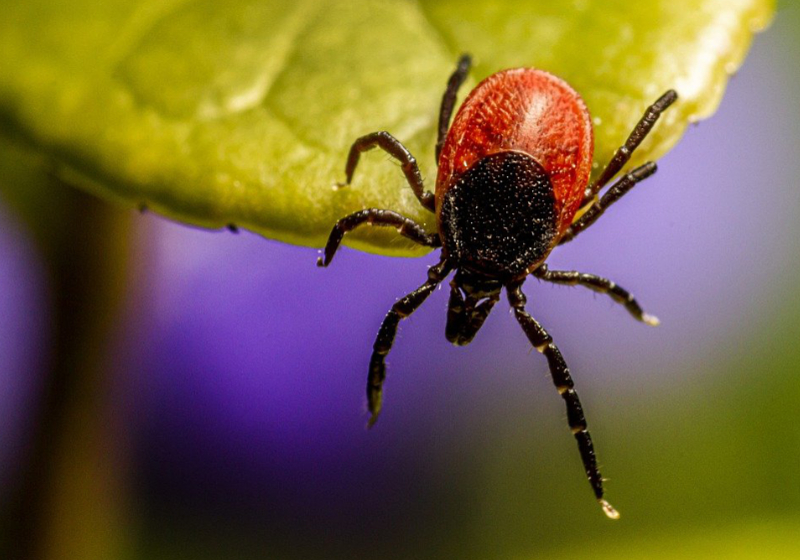
Firearm safety begins at home

As gun violence is rises to epidemic levels, many traumatized Americans now live in fear

KFF Health News
The national survey of 1,271 adults conducted by KFF revealed the severe physical and psychological harm exacted by firearm violence, especially in minority communities.
Nearly 1 in 5 respondents, including 34% of Black adults, 18% of Hispanic adults, and 17% of white adults, said a family member had been killed by a gun.
The survey “confirms that firearm-related injuries are ubiquitous,” said Dr. Selwyn Rogers, a surgeon and founding director of the UChicago Medicine trauma center. “For every person killed, there are two or three people harmed. These are people who have had fractures, who may have been paralyzed or disabled.”
Beyond causing physical injuries, gun violence has left many Americans living with trauma and fear, Rogers said.
Just over half of adults say gun-related crimes, injuries, and deaths are a “constant threat” or “major concern” in their communities. Black and Hispanic adults were more likely than white adults to describe gun violence as a constant threat or major concern. About 3 in 10 Black or Hispanic adults say they feel “not too safe” or “not safe at all” from gun violence in their neighborhoods. (Hispanics can be of any race or combination of races.)

Women also reported high rates of concern about firearm violence, with 58% saying gun-related crimes are a constant threat or major concern, compared with 43% of men. More than half of intimate partner homicides are committed with guns.
Parents are worried about their children as well.
About 1 in 4 parents of children under 18 say they worry daily or almost daily about gun violence, the KFF survey found, and 84% of adults report having taken at least one precaution to reduce their family’s risk from gun violence. More than one-third of adults say they have avoided large crowds, such as at music festivals or crowded bars, for example.
Gun violence surged during the pandemic. There were a record 48,830 firearm-related deaths in 2021, an increase of 23% from 2019, according to an analysis by the Pew Research Center. The increase among children was even sharper. Firearm deaths among Americans under 18 — which include those due to homicide, suicide, and gun-related accidents — increased 50%, from 1,732 in 2019 to 2,590 in 2021.
Guns have become the leading cause of death among children and adolescents ages 1 to 19, according to the Centers for Disease Control and Prevention.
The pandemic also coincided with a huge increase in gun purchases, which grew an estimated 64% from 2019 to 2020.
According to the KFF survey, 29% of adults have purchased a gun at some point to protect themselves or their families, with 44% of parents of children under 18 keeping a gun in the home. Yet 78% of parents in gun-owning households fail to follow safety recommendations, such as locking guns and ammunition, storing guns unloaded, and storing guns and ammunition separately, practices that have been shown to reduce the risk of thefts, accidents, and suicides.

Dr. Abdullah Pratt, an emergency physician at the UChicago Medicine trauma center, has lost a dozen close friends to gun violence, including his brother. His father never recovered from that loss and died about seven years later, at age 64.
“As soon as my brother got killed, he stopped taking his medications and started chain-smoking out of nowhere,” Pratt said.
Gun violence also wears away communities, Pratt said.
In neighborhoods with high crime rates, the daily drumbeat of loss can lead residents to conclude there’s no point in voting, going to school, or trying to improve their lives. “They think, ‘What am I voting for if I can’t have basic access to safety on a day-to-day basis?’” Pratt said.
And while mass shootings and homicides grab headlines, Rogers, the surgeon, noted that suicides account for more than half of firearm-related deaths in the U.S. and cause ripples of grief throughout a community. Researchers estimate that every suicide leaves at least six people in mourning.
Pratt said he feels guilty he wasn’t able to help a close friend who died by suicide with a gun several years ago. The man had recently lost a job and had his car repossessed and came to Pratt to talk about his troubles. Instead, Pratt spent the visit asking for parenting advice, without realizing how much his friend was hurting.
“There were no red flags,” Pratt said. “A couple days later, he died.”
Gun violence has also shaped the trajectory of Bernice Grisby’s life.
Grisby, now 35, was shot for the first time when she was 8, while playing on the swings at her school in Oakland, California. She was shot a second time at age 15, when she was talking to friends after school. One of her friends died that day, while another lost an eye; Grisby was shot in the hip and experiences chronic pain from the wound.
Two of her brothers were fatally shot in their 20s. Her 15-year-old daughter was recently robbed at gunpoint.
Rather than leaving Oakland, Grisby is trying to save it. She works as a street counselor to young people at high risk of gun violence through Oakland’s East Bay Asian Youth Center, which aims to help young people living in poverty, trauma, and neglect.
“My life is a gift from God,” Grisby said. “I am happy to be here to support the youth and know that I am making a difference.”
More Sentinel Stories



Photo Galleries





